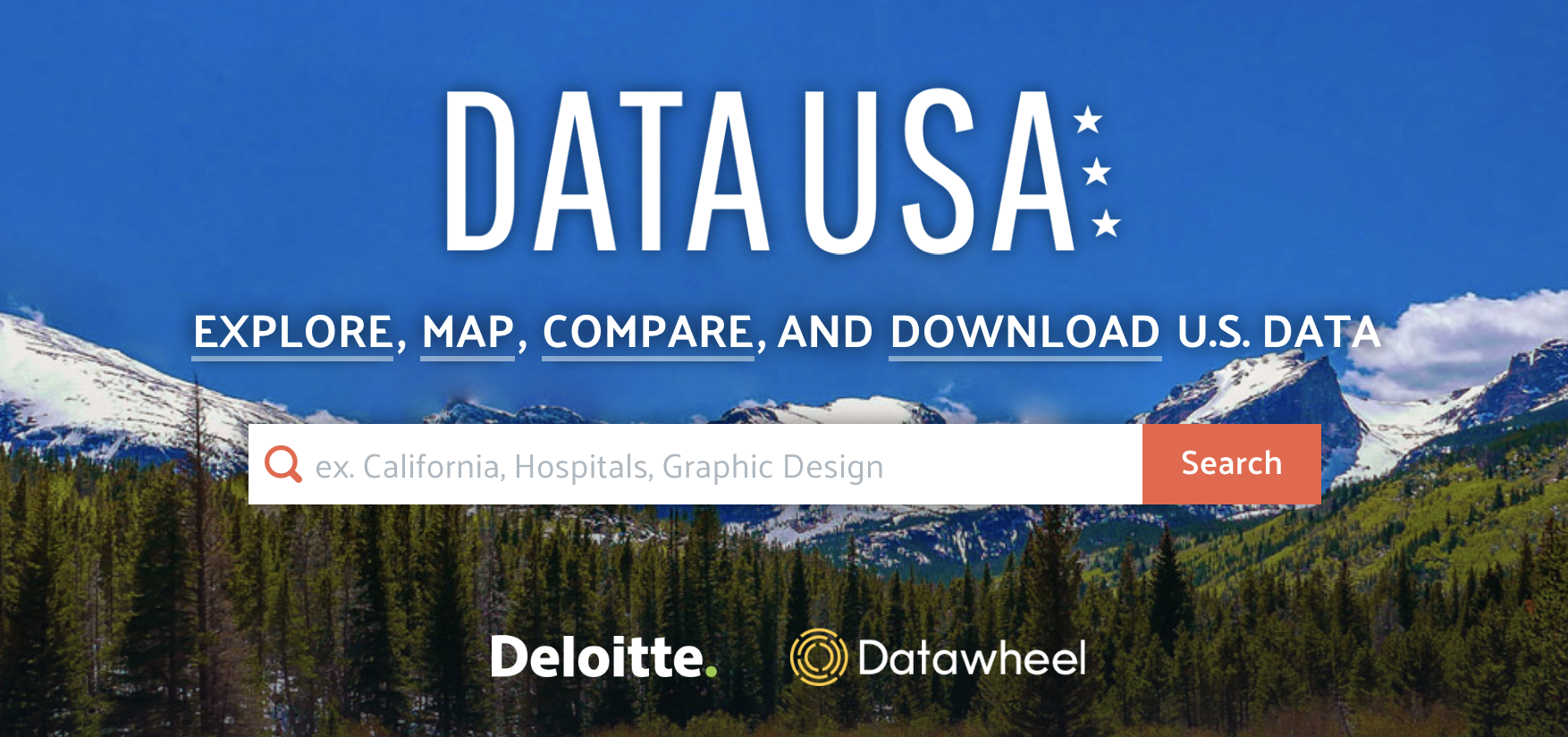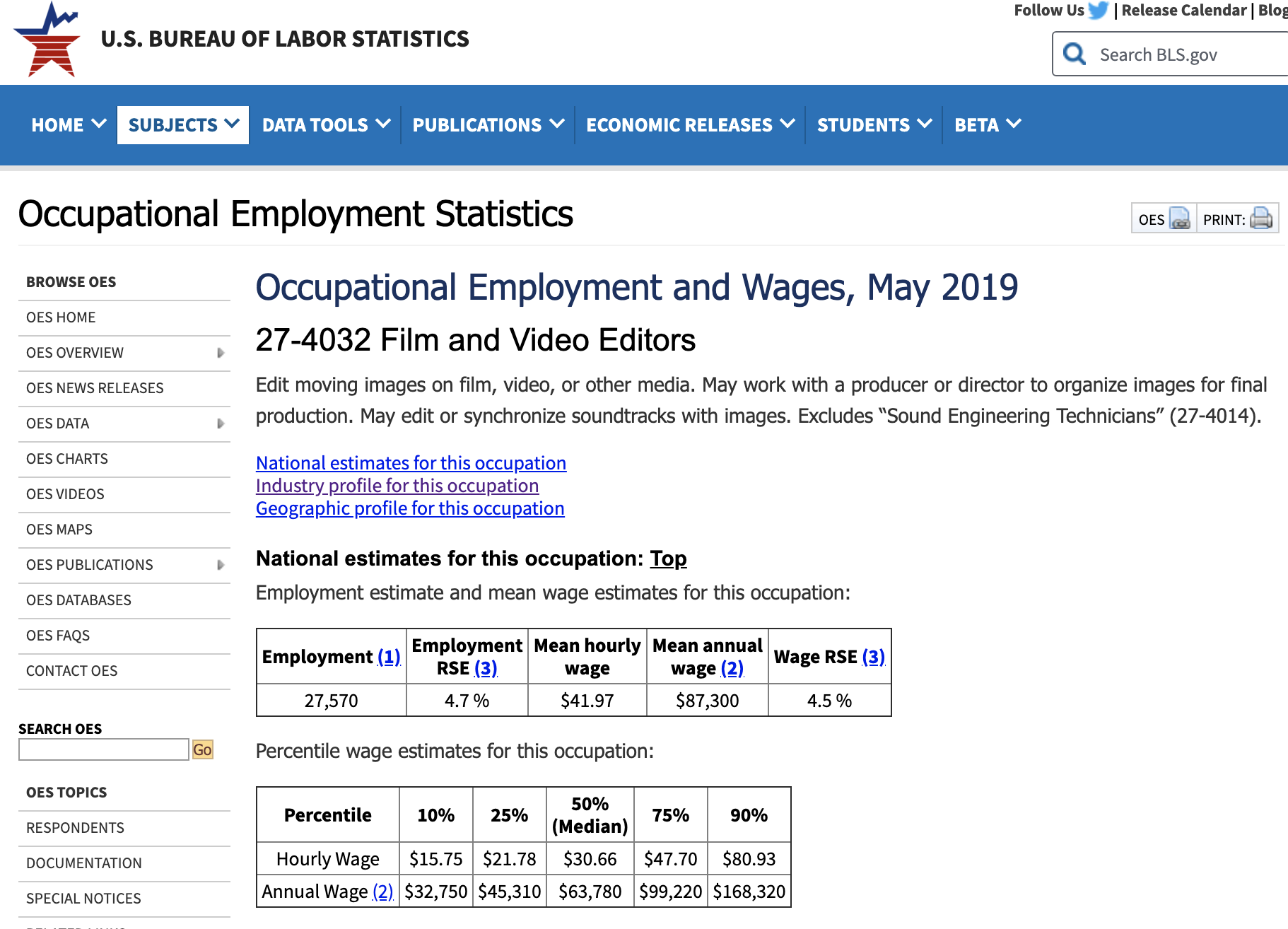There are many tools that marketers can use to define their target market and I’m going to focus on a few of my favorites;
- Google Analytics
- Data USA
- U.S. Bureau of Labor Statistics
- Google’s “Find My Audience”
- Claritas PRIZM.
I’m also going to discuss how you could use your findings to develop your marketing strategy.
Google Analytics

If you own a website, you most likely have Google Analytics installed. Analytics can give you some great data about your customers. This is valuable information because it’s catered specifically to your business. Google Analytics can give you details about your customer’s age, language, location, gender, the devices they use, and even their interests.
This is a good starting point for segmenting your audience and developing basic user personas. Google is very cautious about giving away personally identifiable information, especially after GDPR laws passed in 2018, so you won’t find specifics about your customers, but you can find enough information to help you verify what you think you know about your customers.
The “Interests” section of GA can be particularly helpful.

For example, if a large percentage of your customers are technophiles, it could be an indication that they would appreciate in-depth guides and that they aren’t afraid to get super-nerdy about your products. Broad, generic information for beginners might not work so well.
DATA USA
 DATA USA has taken massive amounts of publicly-available US government data about jobs, skills, and education and turned that data into appealing and easy-to-digest visualizations. If you’re launching a new product or if you just don’t know where to start, DATA USA is a great resource.
DATA USA has taken massive amounts of publicly-available US government data about jobs, skills, and education and turned that data into appealing and easy-to-digest visualizations. If you’re launching a new product or if you just don’t know where to start, DATA USA is a great resource.
For example, if we want to look into the professional video and photographer industry, we’ll learn that the average wage is around $58,627 per year, the average age is 41, 80% are male, and about 74% are white. They also most typically have a bachelor’s degree.

You could use this data to help you determine who to market to and the messaging to use to reach your audience. If the majority of your audience is male and in their 60s, the marketing messages that appeal to men in their 20s probably wouldn’t work very well.
Understanding wages can also be helpful in determining your pricing strategy. One segment of your market might be looking for a low-cost product while another segment would be happy to pay a premium price for a higher-end model with more features or accessories.
U.S. Bureau of Labor Statistics (BLS)
 Although DATA USA also uses this same data, DATA USA tends to combine multiple sources into larger segments, while the U.S. Bureau of Labor Statistics will report data on very specific occupations. Specific data can sometimes be more helpful in developing your marketing strategy. For example, BLS has data specifically about occupations in the film and video editing field, which I had a hard time parsing from DATA USA. The U.S. Bureau of Labor Statistics will also have the most up-to-date and accurate information because it’s coming straight from the source.
Although DATA USA also uses this same data, DATA USA tends to combine multiple sources into larger segments, while the U.S. Bureau of Labor Statistics will report data on very specific occupations. Specific data can sometimes be more helpful in developing your marketing strategy. For example, BLS has data specifically about occupations in the film and video editing field, which I had a hard time parsing from DATA USA. The U.S. Bureau of Labor Statistics will also have the most up-to-date and accurate information because it’s coming straight from the source.
BLS also has some useful details about what people in these occupations do, their typical work environments, how the field is expected to grow (or decline), and similar occupations. This type of information can inform how you should change or improve your products in the future.
Find My Audience by Think With Google
 Think With Google is a website created by Google that gives marketers “data, insights, and inspiration” for their marketing campaigns. The “Find My Audience” tool lets you drill down into specific topics, such as photography, to learn more about where your audience spends time on YouTube, the types of products/services they might be interested in, and other audiences they might be a part of.
Think With Google is a website created by Google that gives marketers “data, insights, and inspiration” for their marketing campaigns. The “Find My Audience” tool lets you drill down into specific topics, such as photography, to learn more about where your audience spends time on YouTube, the types of products/services they might be interested in, and other audiences they might be a part of.
You could use this data to develop your marketing plan in many ways.
 For example, by knowing where your customers spend time on YouTube, you could identify influencers who you may be able to collaborate with to promote your product. Analyzing those channels can give you an idea of the type of content your audience might like you to create as well, helping you to develop a content marketing strategy. You could also run paid ads on these channels with Google Adwords.
For example, by knowing where your customers spend time on YouTube, you could identify influencers who you may be able to collaborate with to promote your product. Analyzing those channels can give you an idea of the type of content your audience might like you to create as well, helping you to develop a content marketing strategy. You could also run paid ads on these channels with Google Adwords.
 By learning about other types of products your audience might buy, you might come up with some fun cross-promotional campaigns with other brands or maybe giveaways to drive traffic and interest.
By learning about other types of products your audience might buy, you might come up with some fun cross-promotional campaigns with other brands or maybe giveaways to drive traffic and interest.
 Looking at other audiences they are a part of can also help you discover similar communities you can enter to promote your product. For example, Find My Audience shows that people who are interesting in buying a camera are also likely a part of the video editing and production software community. There are forums and Facebook groups related to video editing where you could participate and grow your brand. There are also bloggers who you could partner with for reviews and other similar websites that will sell you an advertising spot. Or you might develop content that shows your products being used by these other audiences.
Looking at other audiences they are a part of can also help you discover similar communities you can enter to promote your product. For example, Find My Audience shows that people who are interesting in buying a camera are also likely a part of the video editing and production software community. There are forums and Facebook groups related to video editing where you could participate and grow your brand. There are also bloggers who you could partner with for reviews and other similar websites that will sell you an advertising spot. Or you might develop content that shows your products being used by these other audiences.
Claritas PRIZM
 Claritas PRIZM is a large collection of geo-demographic segments developed by Claritas to classify households in the U.S. There are 68 consumer segments in all and a lot of data to go with each one, including demographics, socioeconomic data, consumer behavior, geographic data, and purchasing preferences. If you want a quick rundown of each segment, Wikipedia lists them all on a single. If you want to explore each segment in-depth, visit Claritas’ PRIZM page and click whichever segment you’re interested in.
Claritas PRIZM is a large collection of geo-demographic segments developed by Claritas to classify households in the U.S. There are 68 consumer segments in all and a lot of data to go with each one, including demographics, socioeconomic data, consumer behavior, geographic data, and purchasing preferences. If you want a quick rundown of each segment, Wikipedia lists them all on a single. If you want to explore each segment in-depth, visit Claritas’ PRIZM page and click whichever segment you’re interested in.
If you already know which segments your audience fits in or if you know which segments you want to target with your product, Claritas’ data will give you lots of great details about your segments to help build your marketing strategy.
For example, if we look at the Up and Comers segment, we can see that they have an upper-midscale income, tend to live in metro areas, have an above-average understanding of technology, they like to travel, and are college graduates. They may also have kids and own a home.
 They own a BMW, eat at Jimmy Johns, shop at H&M, play tennis, watch CNN Decades, and listen to Urban One broadcasting on the radio. Of course, these are very specific traits that won’t apply to everyone in that segment, but it gives you an idea of who you’re talking to in your marketing message.
They own a BMW, eat at Jimmy Johns, shop at H&M, play tennis, watch CNN Decades, and listen to Urban One broadcasting on the radio. Of course, these are very specific traits that won’t apply to everyone in that segment, but it gives you an idea of who you’re talking to in your marketing message.
You can use this knowledge to develop marketing materials that speak to them. To market to the Up and Comers segment, you might hire a 25-40 spokesperson for television ads or use the appropriate generational lingo that resonates with them in radio spots. In advertisements, you would likely appeal to their higher education and occupational professionalism. The imagery on your website might portray someone who is already successful in life and looking to enjoy life through fun and adventurous experiences.
What Ideas Do You Have?
So there you have it! Five tools you can use to discover who your audience is, create customer segments, and develop marketing strategies using what you’ve learned. These are just a few of my favorites tools and some ways I might use them, but I’d love to hear what tools you like to use and how you might use the data to develop your own marketing strategies. Please let me know in the comments!
